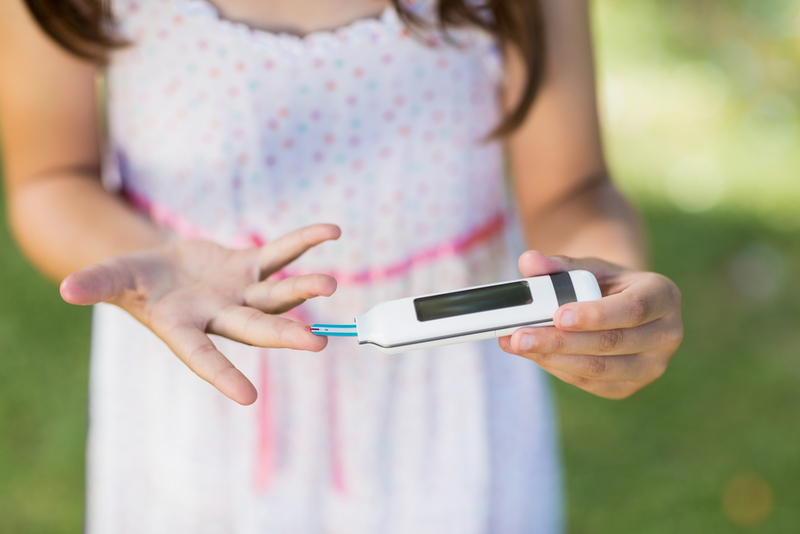Studies show benefit of CGM adoption in pediatric population
ADA 79th Scientific Sessions Meeting News Jun 12, 2019
Continuous glucose monitoring (CGM) adoption continues to expand, particularly in the pediatric population. Thirty percent of all type 1 diabetes patients in the United States use CGM, noted David M. Maahs, MD, PhD, Professor of Pediatrics and Division Chief of Pediatric Endocrinology at Stanford University. Adoption peaks in the pediatric population at 51 percent of patients and falls to 22 percent in the 18-to-26 age range.

Dr. Maahs opened 10th June's Joint ADA/JDRF Symposium, which posed the question: Is CGM in pediatric diabetes ready for prime time?
“The answer to our title is a resounding, yes,” he said. “Soon, if not already, CGM will become the primary method to assess glucose. The only real question is how soon to start CGM after diagnosis.”
CGM offers clear advantages over traditional blood glucose monitoring (BGM), Dr. Maahs continued. BGM is a snapshot, he said, while CGM is a continuous video that fills in the enormous data gaps between finger sticks.
CGM also reduces the cognitive burden on patients and caregivers. And once patients and caregivers come to trust CGM readings, finger sticks can become memories rather than a routine burden.
CGM has the potential to increase treatment success, but access still remains limited by insurance barriers. Many, though not all, commercial plans cover CGM, but government-sponsored coverage is problematic.
Linda DiMeglio, MD, MPH, Protocol Chair for the Strategies to Enhance New CGM Use in Early Childhood (SENCE) trial, reported results of the trial, which compared the efficacy and safety of CGM plus family behavioral intervention with CGM alone and BGM. The 26-week trial randomized 143 children between ages 2 and 8 with type 1 diabetes across the three groups. The primary outcome was the percentage of time in the serum glucose range of 70 mg/dl to 180 mg/dl.
In the trial, there was no change to time in-range across the three groups, reported Dr. DiMeglio, but CGM improved glycemic variability, decreased the time spent in hypoglycemia and severe hypoglycemia, decreased time with glucose over 300, and improved patient-reported outcomes.
Another trial, Continuous Glucose Monitoring in Teens and Young Adults (CITY), found that CGM improved glycemic control without increasing hypoglycemia in 153 type 1 diabetes patients between ages 14 and 25. Patients using CGM showed a 0.4 percent drop in mean A1C, reported Lori Laffel, MD, MPH, Professor of Pediatrics at Harvard Medical School. Forty-four percent had a 0.5 percent or greater reduction in A1C and 25 percent had a 1 percent or greater reduction.
CGM patients also had a 7 percent increase in time in range (70 mg/dl to 180 mg/dl), a 6 percent drop in time above 180 mg/dl, and a 5 percent drop in time above 300 mg/dl. CGM users also spent less time in hypoglycemia.
“Adolescents and young adults have the poorest glycemic control,” Dr. Laffel said. “CITY is one of the first studies to demonstrate safety and efficacy for CGM in this troubling age group. At the end of the trial, 98 percent of CGM users were no longer using finger sticks for insulin dosing.”
This article is a news release from ADA 79th Scientific Sessions Meeting. Read the original here.
-
Exclusive Write-ups & Webinars by KOLs
-
Daily Quiz by specialty
-
Paid Market Research Surveys
-
Case discussions, News & Journals' summaries